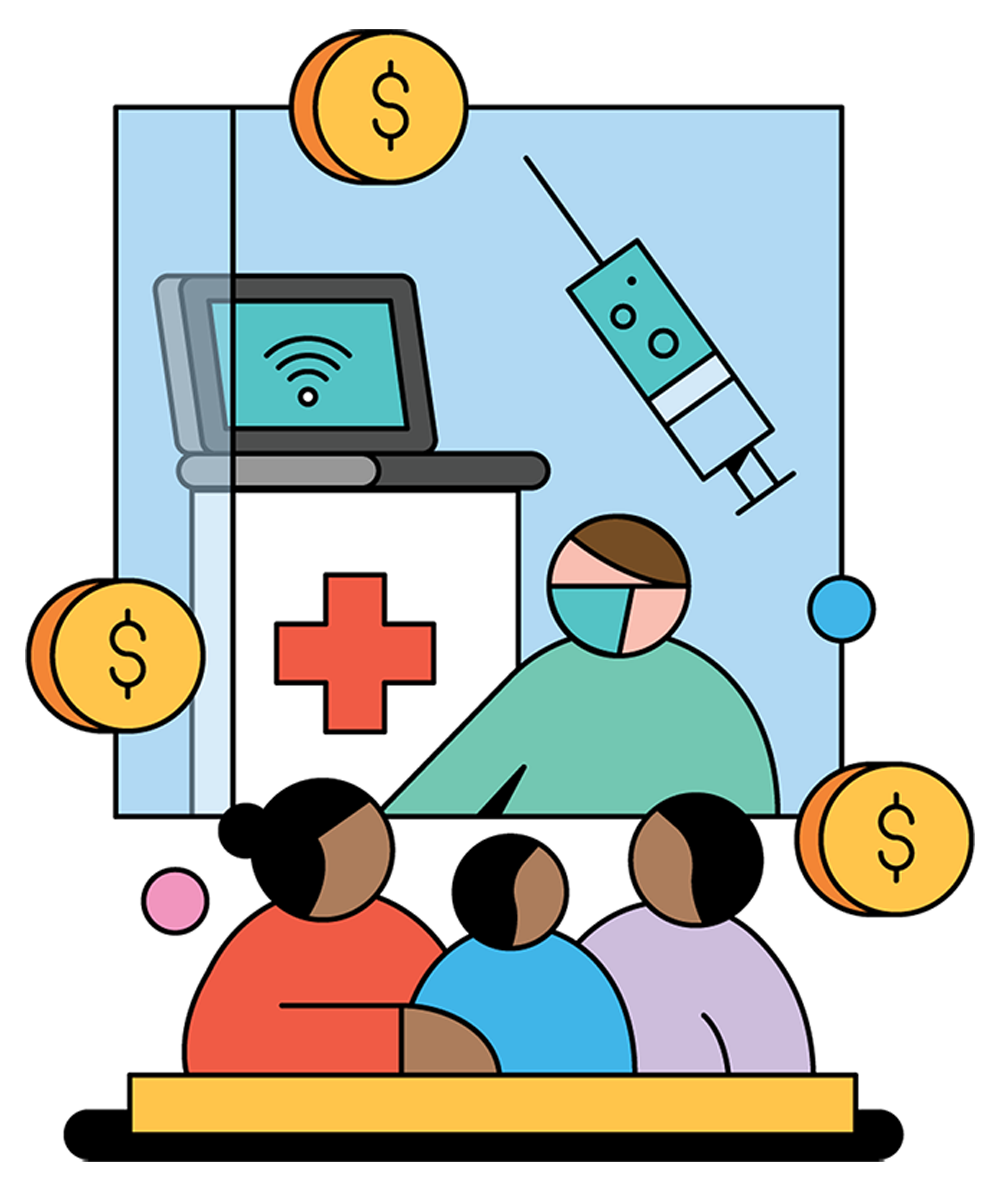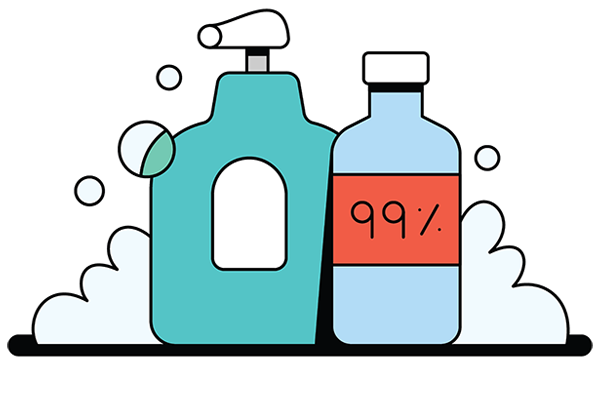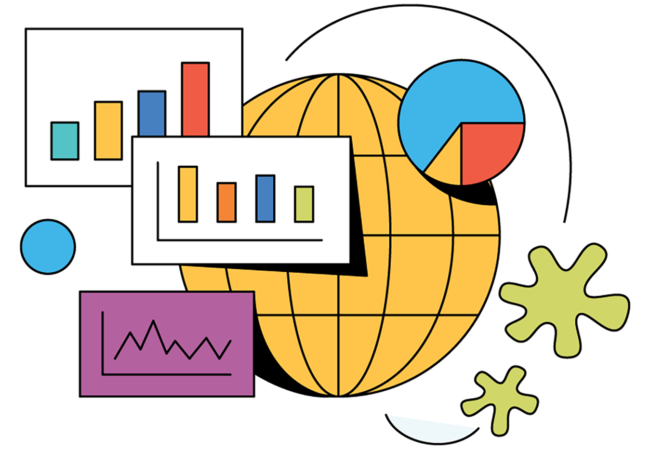In the summer of 2020, the City of Toronto released some startling socio-demographic data related to COVID-19 cases: 83 per cent of people who reported positive results identified with a racialized group, 51 per cent of reported cases were living in lower-income households. And yet, much of the available information to stop the spread of the virus left out these individuals.
“A lot of the messaging we were hearing wasn’t targeted toward the people who were most affected by COVID,” says Alisha Moosajee, a Chang School of Continuing Education student and the director of business and innovation for a grassroots organization, ON Canada Project, which has been leveraging social media to address informational gaps throughout the pandemic. “We kept hearing ‘we’re all in this together,’ but the pandemic looks very different, depending on who you are and where you stand in society.”
Pandemic aftershock
“Members of racialized communities are over-represented as essential workers, and they often have no choice but to go to work,” says Usha George, director of the Ryerson Centre for Immigration and Settlement. In addition to not being able to stay home, essential workers often comprise gig workers and low-wage earners who often have no paid sick leave, live pay cheque to pay cheque and may not be able to stock up on supplies to lessen trips out of the house, which would increase their risk of exposure.
George notes that children in particular may feel the pandemic’s aftershock for years to come, especially those from lower-income or racialized communities, who are experiencing greater education loss owing to many factors, including a lack of personal laptops for simultaneous learning, poor internet connections and parents who need to leave the house for work and may not be available to supervise online education.
Moosajee says her team of volunteers is hoping to mobilize knowledge around what adherence to public health recommendations could look like for those communities that have been left out of key messaging. “We’re trying to fill in the gaps and make our messaging as equitable and informed as we can. We’re trying to give people the guidance they need to combat the pandemic.”
The ON Canada Project’s approach has included a core team of content creators and ambassadors who share their content to spread the word. “We often see upwards of 30,000 unique reaches on each post, because of the way we’ve mobilized our community to help share our information.”
Moosajee says that what started with COVID has branched out to address major socioeconomic inequities across communities. “It was just impossible to talk about COVID in isolation – every topic is an intersectional one and we have to contextualize the existing inequities to be able to talk about COVID properly.”
George agrees that as the vaccination program rolls out and some of the more immediate hurdles around the pandemic are cleared, these larger systemic issues will need to be addressed if there’s hope of alleviating the magnified challenges in marginalized communities. “Focusing on systemic racism would of course address many of these things.”
To support Moosajee’s team’s efforts, visit www.oncanadaproject.ca.





